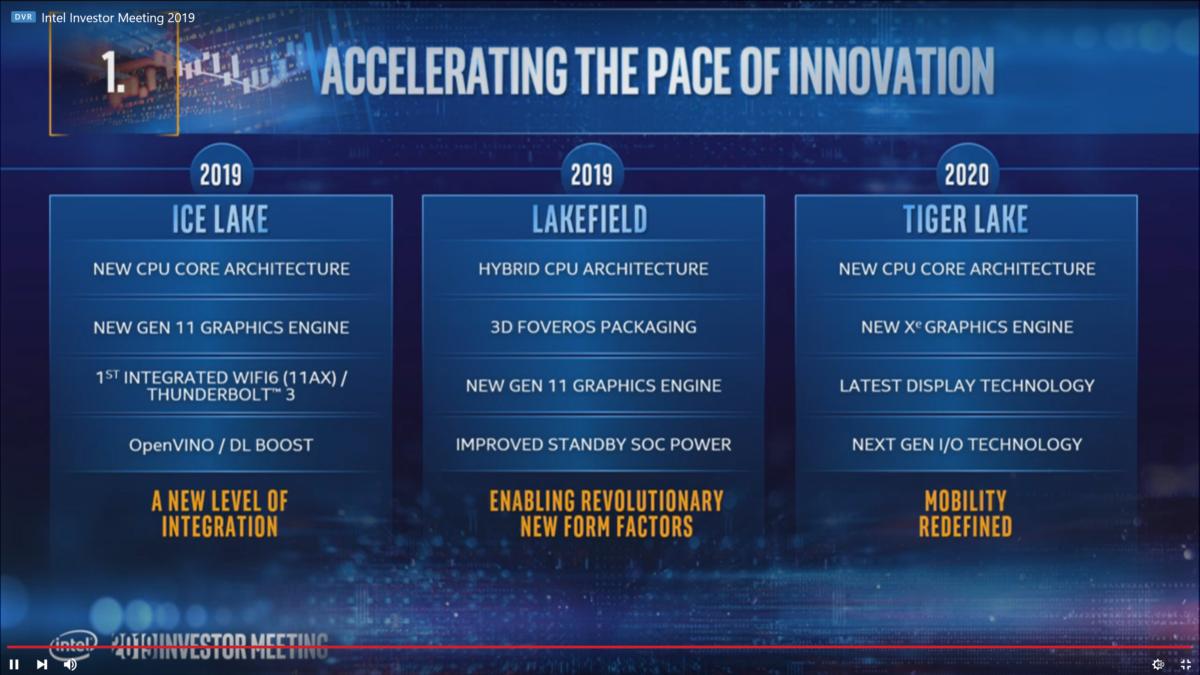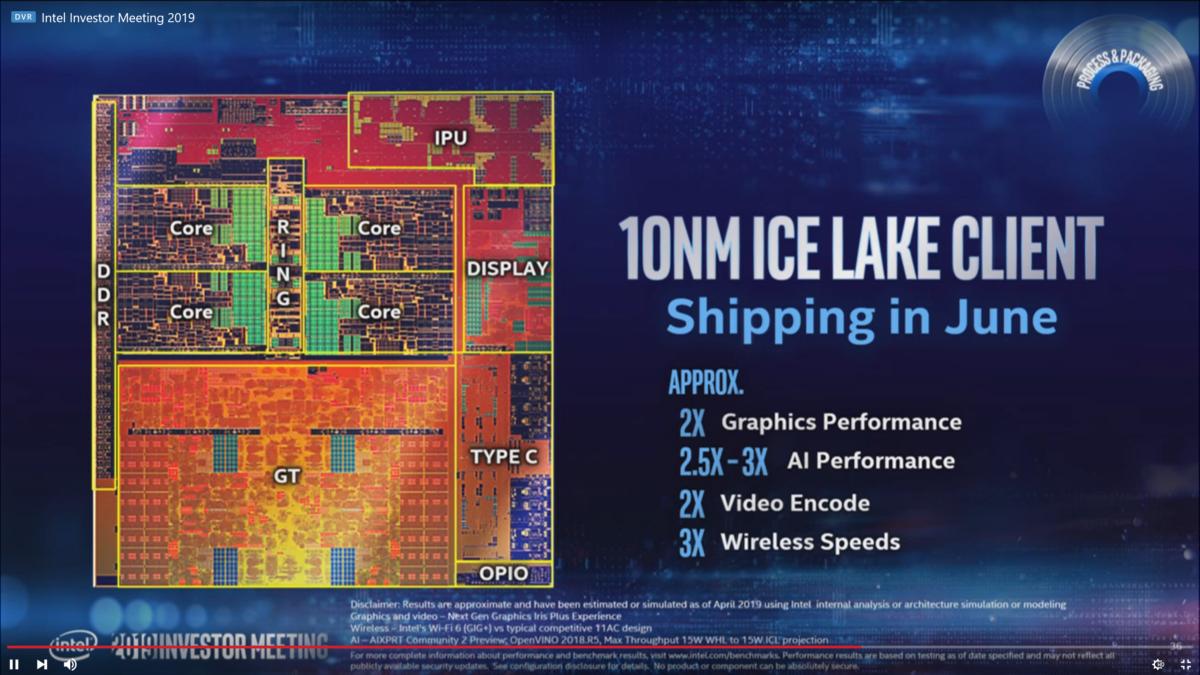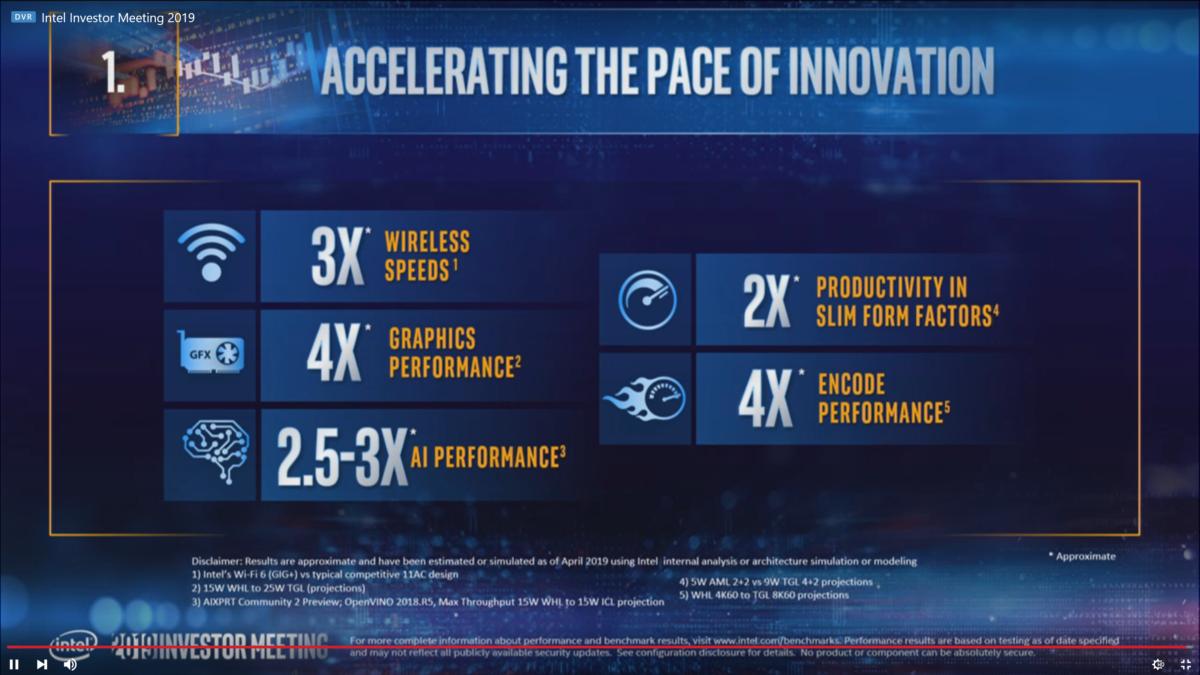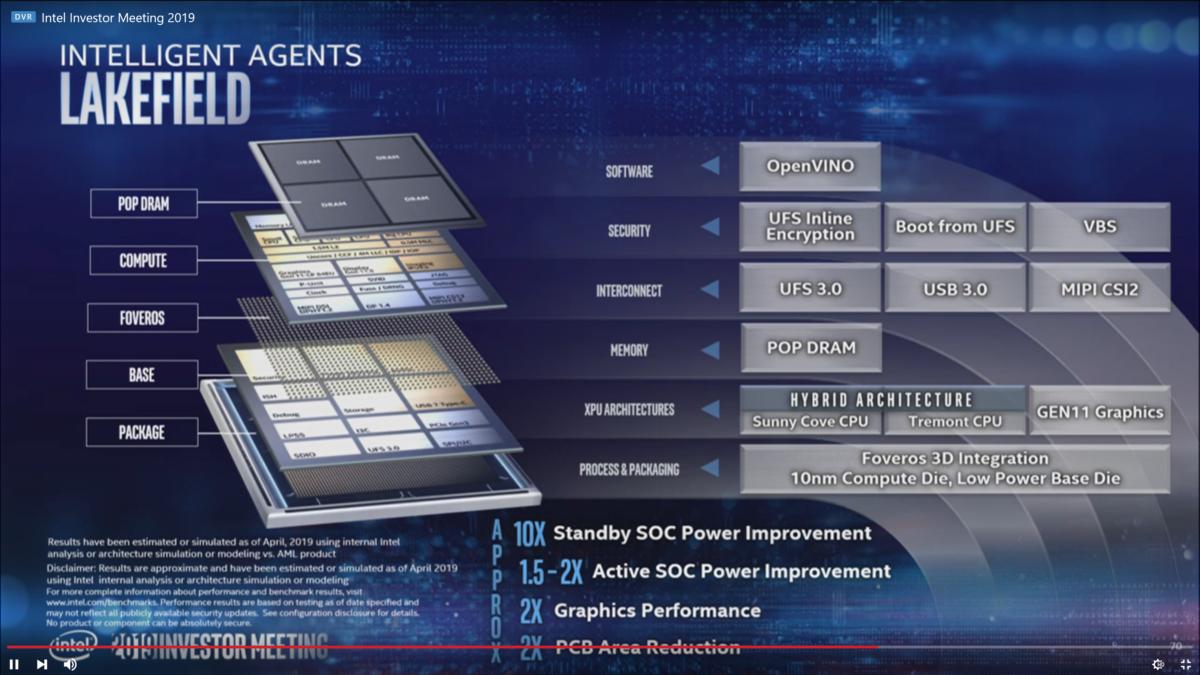Intel roadmap confirms 10nm ‘Tiger Lake’ chip with Xe graphics, more Ice Lake and Lakefield details - driverrurnins
Intel extended its public microprocessor roadmap through 2020 happening Midweek, validating the existence of "Tiger Lake," a 10nm Nitty-gritty chip cod in 2020 that features an entirely new microarchitecture and Intel's forthcoming Xe graphics.
Executives also began disclosing some of the performance improvements associated with its previously-announced chips, much as how fast Intel's first of all 10nm chip, Ice Lake, wish be compared with the previous generation. Intel besides began talking a bit about the improvements in "Lakefield," which stacks logic in concert to create a denser system-on-a-break away.
Combine the new 10nm "Ice Lake" core—which executives said would transport in June—plus the redesigned Panthera tigris Lake chip, as well as Intel's other major announcement, 7nm chips by 2021, and Intel is at least talking more aggressively than it has in years.
 Intel
Intel Non quite formal roadmap, but close.
Internal-combustion engine Lake
Speaking at Intel's investor conference Wednesday, Murthy Renduchintala, Intel's chief technology officer, said that it's atomic number 102 secret that Intel has struggled with 10nm development.
 Intel
Intel Intel's Ice Lake isn't that far away.
"In discussions with many of you, the feeling is that Intel's process technology has slowed down over clock," Renduchintala added. Wednesday's message? That's atomic number 102 longer the case.
Frappe Lake, Renduchintala said, takes full reward of the 10nm technology. Though he didn't disclose public presentation, atomic number 2 did provide some generation-over-genesis comparisons, albeit with no veridical specifics. It's exciting that Intel's not talking directly all but CPU integer public presentation; instead, Intel believes that Ice Lake will deliver 2.5 times to 3 times the "AI performance" of a preceding-multiplication chip, and double the graphics performance.
 Intel
Intel More releases predicated upon Ice Lake are upcoming, too.
Ice Lake too contains what Intel refers to as "Generation 11" performance, which manifestly wish be branded as a "Future Gen Graphics Iris Plus Experience," if the boilerplate text in Intel's presentation is any indication. Gregory Bryant, the senior vice president and general-purpose manager of the Client Computing Group, told investors that the integrated graphics is compelling enough to bring on hundreds of games at 1080p resolutions at 30 (not 60) frames per second.
Tiger Lake
Reported to Renduchintala, the leave product for the 7nm generation will really be a GP-GPU for the datacenter in 2021, based upon the unexampled Xe architecture that Intel is developing. PC users, however, volition be focalization on Panthera tigris Lake.
 Intel
Intel Though nothing on the slide by explicitly labels this as "Tiger Lake" public presentation, an Intel spokeswoman unchangeable that that's what this slip up refers to. (The tiny acronyms in the footnotes as wel refer to "TGL," or Tiger Lake.)
Surprisingly, Intel is utmost adequate along that it actually has impermanent atomic number 14 back on Panthera tigris Lake, and Intel engineers have with success booted both Windows and Chrome, Intel's Bryant said. "There testament be huge gains that will be matte up by both end users and professionals," Bryant said.
 Intel
Intel Among those volition be "blistering" graphics execution, Bryant said, projecting a 4X improvement in graphics performance from today's 15-James Watt "Whiskey Lake" chips to a 25-watt Panthera tigris Lake crisp. An even more than impressive comparison may be the similar 4X improvement in encoding performance; Intel's numbers racket compare a "Whiskey Lake" chip encoding to 4K60 resolutions with a Panthera tigris Lake cow dung encryption at 8K60 resolutions.
"This is a dramatically different computing experience," Bryant aforementioned.
Lakefield
Intel's "Lakefield" remains one of the more opaque products, just because we don't know what exactly PCs containing it wish look like. Intel's Bryant showed off a motherboard living accommodations a Lakefield chip. The implication is that "Lakefield"-based PCs volition be small-form-ingredien PCs with dual displays, folding screens, and other innovative form factors, Bryant same.
 Intel
Intel Intel's Lakefield chip crams a mass inside of it: multiple CPUs, memory, and I/O.
Recall that Lakefield combines duple elements to create a rummy organization-on-a-chip: a CPU supported the "Cheery Cove" architecture that's assumed to beryllium the basis of "Ice Lake", as well as a "Tremont" Corpuscle Mainframe core. In this sentience, Intel's Lakefield is designed a manner similar to ARM chips, with the Nucleus chip kicking in under performance loads, and the Atom chips handling most of the loads that don't require high performance.
Once more, Intel's only house painting Lakefield's performance in encompassing strokes, comparing it to the current Gold Lake chips for thin-and-light PCs. Still, the numbers are awe-inspiring, with twice the nontextual matter performance, a 1.5X to 2X lower live power consumption, and a whopping 10X melioration on SOC standby performance. Intel's clearly addressing the low-power market that Qualcomm's Snapdragon 8cx Personal computer processors are aiming for during the third gear billet.
The question now: what will Intel show off at Computex later this month? Bryant told investors that we'll begin to interpret Jut Athene ultrabooks appearing away the holiday temper, and he official that the Athena laptops will begin shipping with Tiger Lake following twelvemonth, as swell. Intel opened the Project Athene Open Labs earlier this week to help bring those designs to liveliness.
Source: https://www.pcworld.com/article/397430/intel-tiger-lake-chip-ice-lake-lakefield.html
Posted by: driverrurnins.blogspot.com




0 Response to "Intel roadmap confirms 10nm ‘Tiger Lake’ chip with Xe graphics, more Ice Lake and Lakefield details - driverrurnins"
Post a Comment